According to the latest recommendations from the US Preventive Services Task Force (USPSTF), women who are considered to be at average risk for breast cancer should have mammograms every other year starting at age 40 years until age 74. USPSTF updated recommendations were published on April 30 in the Journal of the American Medical Association (JAMA).
In 2016, the task force recommended biennial mammograms for women starting at age 50 years. They recommended for clinicians and patients to weigh the risks and benefits of screening for those in their 40s. The changes to general recommendations to start screening women for breast cancer at age 40 were due to a review of recent available data on mammography. The USPSTF’s 2024 update highlighted insufficient evidence on the benefits and harms of continuing to screen women who are aged 75 years or older as well as the benefits and harms of supplemental screening with breast ultrasonography or MRI in women with dense breasts who had a negative screening mammogram.
The American College of Radiology (ACR) published a statement on April 2024 regarding the USPSTF’s 2024 recommendations saying these recommendations “do not go far enough to save more women’s lives.” It urged a more aggressive screening schedule, which starts at age 40 years but occurs annually vs biennially and continues past age 74 years. The ACR advocated for breast cancer risk assessments to begin at age 25 years. The American Cancer Society also recommends annual mammography screening, starting as early as age 40 years in average-risk women, with high-risk women receiving a mammogram and a breast MRI every year starting at age 30 years.

